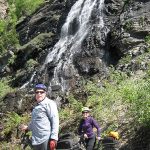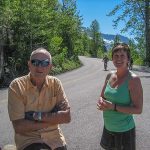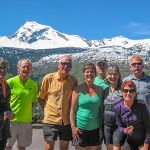 A float trip from the Border to Ford has been organized. The June 27th river float will begin at the Border at 11 am and take out at Ford. Dick Leigh will leave a car at Ford for shuttle back up to the Border. Please bring a lunch to enjoy with your neighbors and friends on the river. And don’t forget your life jacket!
A float trip from the Border to Ford has been organized. The June 27th river float will begin at the Border at 11 am and take out at Ford. Dick Leigh will leave a car at Ford for shuttle back up to the Border. Please bring a lunch to enjoy with your neighbors and friends on the river. And don’t forget your life jacket!
Category: Committees
Float Trip Planned for June 13th – CANCELLED
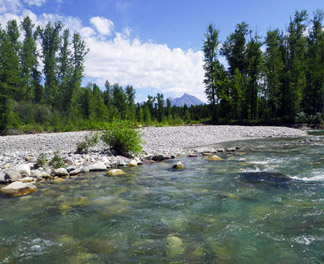 DUE TO THE PREDICTED RAIN, THE FLOAT TRIP FOR JUNE 13TH HAS BEEN CANCELLED.
DUE TO THE PREDICTED RAIN, THE FLOAT TRIP FOR JUNE 13TH HAS BEEN CANCELLED.
First Float Trip! Scheduled for Tuesday, June 13th. Hosted by the Ulrichsens and Leighs. As always, weather and river conditions prevail. Contact the Leighs dickleigh30@hotmail.com or check the Hall bulletin board for details.
The plan would be to meet at the border and launch at 11AM. Dick has volunteered to leave a pickup truck at Ford to shuttle people back to border launch area at the end of the trip. Lunch will be eaten on the river. Come and join your family and friends for this North Fork tradition.
Fire Mitigation Committee Update – June 2017
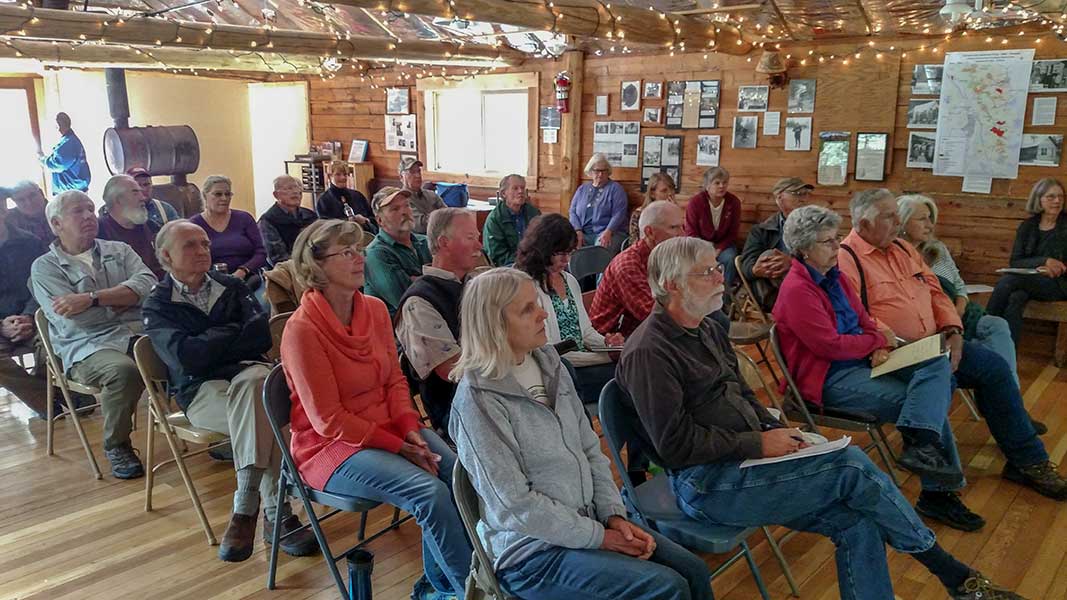 The Fire Mitigation Committee met in May to plan its activities for the year, including its annual Firewise Day workshop. The workshop will be held in Sondreson Hall on Wednesday, July 19, 2017 from 9:30 a.m. to noon, preceding the Summer Interlocal.
The Fire Mitigation Committee met in May to plan its activities for the year, including its annual Firewise Day workshop. The workshop will be held in Sondreson Hall on Wednesday, July 19, 2017 from 9:30 a.m. to noon, preceding the Summer Interlocal.
Our principal speaker this year will be Byron Bonney, who has been instrumental in working with landowners on hazardous fuels treatments in the Bitterroot Valley. He’ll tell us about the effects of those treatments in the area burned by the Roaring Lion Fire last summer. The fire was aptly named: it came roaring out of a canyon and then fanned out into the valley, behavior that is also typical of many North Fork fires. Although the Roaring Lion Fire destroyed a number of homes, most of the homes whose owners had created defensible space around them were spared. The treatments brought fire to the ground and limited the fuels that could be ignited by flying embers. They also improved the chance of survival for neighbors’ homes downwind. So as we’ll hear at the workshop, the fire provided important corroboration of the value of defensible space.
We’ll also hear from Lincoln Chute, Director of Emergency Services for Flathead County and a member of our committee. He’ll talk about the county’s pending revision of its Community Wildfire Protection Plan or CWPP. The committee expects to update the North Fork’s fire plan in conjunction with the county’s revision. Lots of work has been done since our last update in 2009, as maps will demonstrate. Community input is required in the CWPP process so landowners can expect to hear more about the project this summer.
With respect to the status of our cost-share assistance grants, we basically have $10,000 left in our current grant. We may apply for another, smaller grant. But we also have potential access to funds from grants that cover larger areas of the county. There’s now a fair amount of flexibility in where the monies can be spent. Landowners who are interested in creating defensible space around their North Fork homes should contact Bill Swope at 406.250.9812 or bhswope@gmail.com. Mason Richwine, who has worked with many North Fork landowners over the last 10+years, has retired.
Finally, the June 1 Wildland Fire Potential is posted on the NFLA website. The Northern Rockies’ outlook is for a slower than normal fire season in June and July, moving to normal in August and September. But we can’t be complacent: hot, dry, windy days cure out fine fuels, making them more combustible. Landowners should be cautious about any burning, and do so only with a permit. Now is also a good time to clean up accumulated flammable debris around our homes, so it doesn’t provide a fuel bed for embers.
More Bike Rides Scheduled for this Week
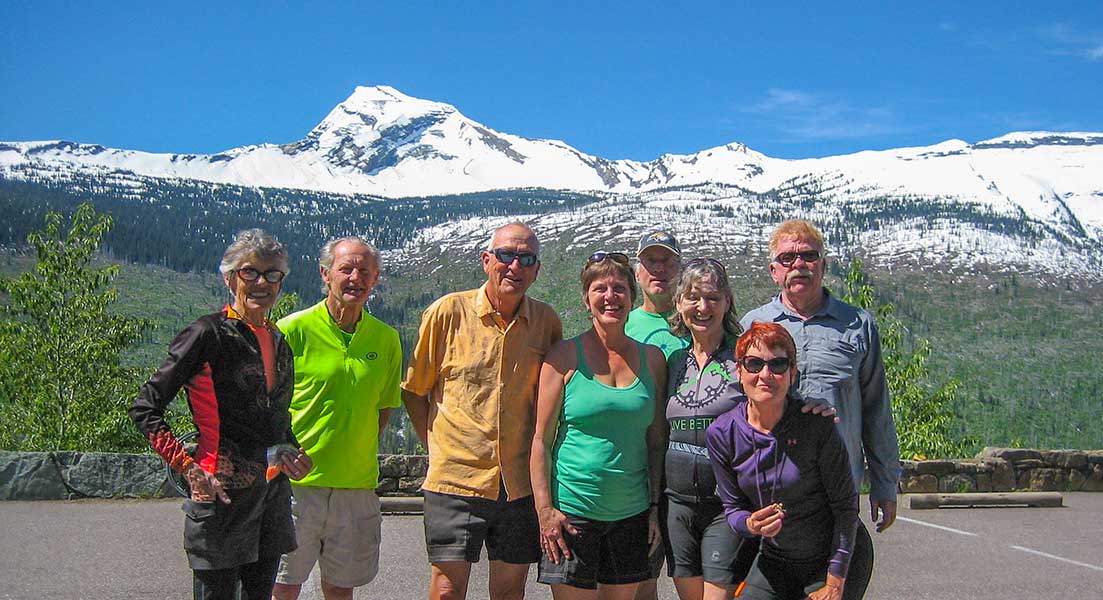
More bike rides have been scheduled for this week. Get out there and have some fun.
North Forkers Biking the Park
Here’s a report of the bike trip by Val Cox. She says… Eight of us North Forkers enjoyed our bike ride from Avalanche Campground to The Loop–and some of us went miles beyond the Loop–with warm temperatures, sunny skies, and breathtaking scenery. Our group loaded up onto the first biker shuttle of the day at the Transit Center in Apgar. Everyone agreed that the shuttle is the way to go!
National Outlook for Wildland Fire Potential – June 1
The following information was provided by Allen Chrisman…
Here is the June 1 National Outlook for Wildland Fire Potential. It is forecasting a slower than normal fire season for the Northern Rockies for June and July, moving to a “normal” fire season in August and September. That is the good news. Locally, the hot dry weather we have had recently makes things a bit more combustible.
Bottom line, even if we are still in the active burning period (by permit, of course), let’s be careful out there. I passed up burning last week because it appeared that things would carry just too well with the hot dry weather.
Mark your calendars for the North Fork’s 2017 Firewise Day, which will be held the morning of July 19, preceding the Summer Interlocal. For more information, see “Fire Mitigation Committee Report, Late Winter 2017” by Molly.
Nonie’s Schoolhouse History
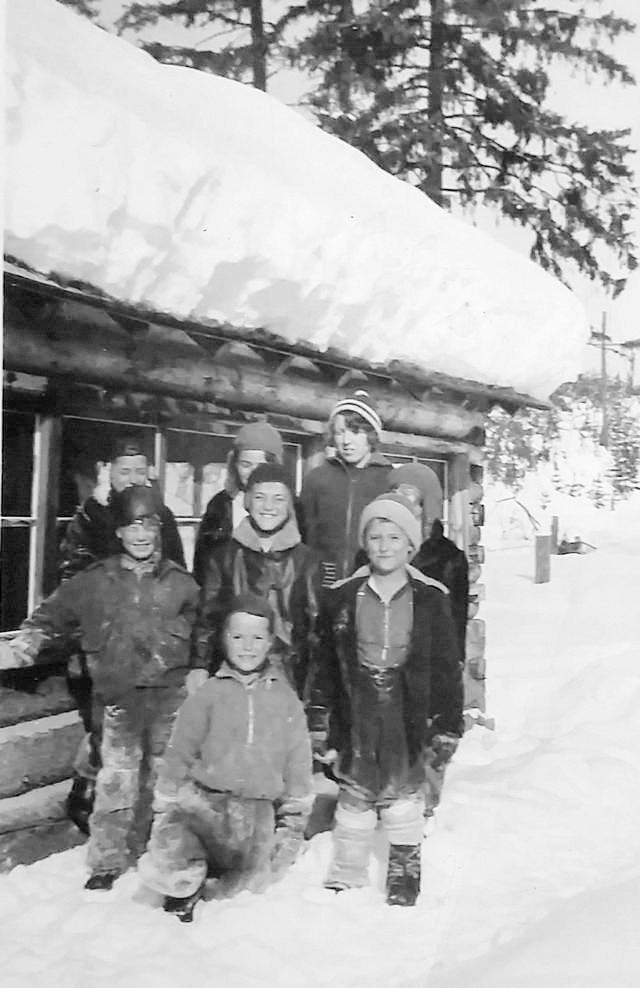
From Larry Wilson’s column on May 17, 2017 in the Hungry Horse News: Nonie’s Schoolhouse History. It says… The Ford School was the only school Nonie ever attended, and the land for the school was donated by her stepfather Ralph Day. The school was built by the community, just like the Community Hall years later. Nonie started school when she was 6 in 1934, but she can’t remember what year it was built. Read Larry’s full column here.
History of the Inside North Fork Road

The Daily Inter Lake published an article about the Inside North Fork Road in Glacier National Park that included some good history of the road. Click here to get a copy of that article.
May Wildland Fire Outlook is now available
The summary says… By mid-late July, the western fire season will begin to progress north into the Pacific Northwest and Northern Rockies. While a normal transition into fire season is expected in the lower elevations, a delayed entrance is possible in the higher elevations as both regions enter their fire seasons having seen abundant winter and spring precipitation and snowpack accumulation.
Fire Mitigation Committee Report, Late Winter 2017
The Fire Mitigation Committee is planning for the North Fork’s 2017 Firewise Day, which probably will be held the morning of July 19, preceding the Summer Interlocal. Byron Bonney will be our featured speaker. He has been instrumental in working with landowners on hazardous fuels treatments in the Bitterroot. We expect him to tell us about the effects of those treatments in the area burned by the Roaring Lion Fire last summer. Although many homes were destroyed in the fire, almost all of the homes whose owners had created defensible space around them were spared. The treatments brought fire to the ground and limited the fuels that could be ignited by flying embers. They also improved the chance of survival for neighbors’ homes downwind. So as you’ll hear at the workshop, the fire provided important corroboration of the value of defensible space.
We have at least $10,000 left in our 4th hazardous fuels grant, with about 55 acres already treated and 35 in process. So far, landowners and community members have provided over $80,000 in cash match and in-kind labor. Special thanks goes to Flathead County, which donated almost $8000 in equipment and labor for chipping the slash that resulted from our Trail Creek Project. The Fire Mitigation Committee probably will apply for a 5th grant if it has the opportunity.
The Flathead Economic Policy Center administers the grants and provides landowners and the committee with invaluable technical assistance. We’ve just learned that our friend Mason Richwine, a FEPC forester who has worked with many North Fork landowners, is retiring in order to concentrate on hunting and fishing. We wish him success. Bill Swope will continue to work with us.
Flathead County is launching another revision of its Community Wildfire Protection Plan. The Fire Mitigation Committee expects to update its North Fork Wildfire Mitigation and Planning Report in conjunction with the county’s revision. We’ll need community input in the process. We’ll also need to update maps of the significant public and private work that’s been done on the North Fork since the fires of 2003.
Finally, the DNRC is sponsoring a multi-media presentation on the Era of Mega-Fires in Kalispell this Spring. The presentation will be held on Tuesday April 25 from 6 – 8 p.m. at Flathead Valley Community College, Arts & Technology Room 139. We understand that the program is compelling.
